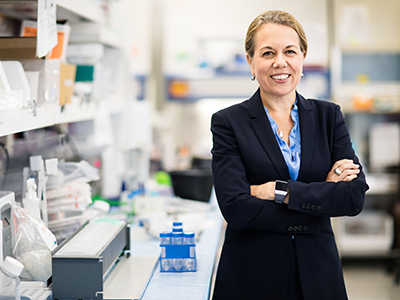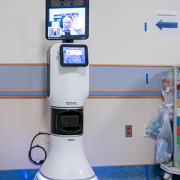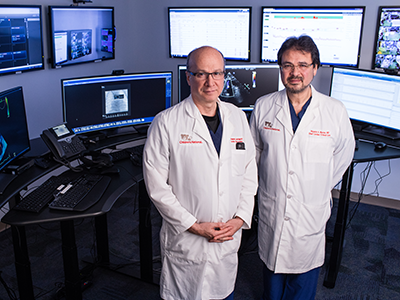Engineering TGFB receptor to enhance NK cells and fight neuroblastoma

“In this study, we have genetically engineered cord blood derived NK cells so that they are not only resistant to the devastating effects of TGFb, but they are not able to become activated in the presence of TGFb,” said, Catherine Bollard, M.B.Ch.B., M.D.
Catherine Bollard, M.B.Ch.B., M.D., and her research team published results showing potential efficacy of a novel cell therapy for treatment of pediatric patients with relapsed/refractory neuroblastoma.
The research paper, entitled, “Engineering the TGFβ receptor to Enhance the Therapeutic Potential of Natural Killer Cell as an Immunotherapy for Neuroblastoma,” was published on April 29, 2019 by Clinical Cancer Research and is being recognized for the potential efficacy of the “off the shelf” treatment for patients with relapsed/refractory neuroblastoma.
The researcher’s approach allows them to manipulate Natural Killer (NK) cells, expand and reinfuse them within a patient so they can fight cancer and disease.
“In this study, we have genetically engineered cord blood derived NK cells so that they are not only resistant to the devastating effects of TGFb, but they are not able to become activated in the presence of TGFb,” said, Dr. Bollard, who is the senior corresponding author of the study and director of the Center for Cancer and Immunology Research at the Children’s Research Institute. “In other words, turning the negative effects of TGFb into positive effects enhances the persistence and anti-tumor activity of these tumor-killing NK cells in vivo.”
NK cells are highly cytolytic, and their potent antitumor effects can be rapidly triggered by a lack of human leukocyte antigen (HLA) expression on interacting target cells, as in the case for a majority of solid tumors, including neuroblastoma. With neuroblastoma being a leading cause of pediatric cancer-related deaths, it presents as an ideal candidate for NK cell therapy.
“This manuscript encompasses a significant portion of work, in which we generated genetically-modified NK cells as an enhanced form of immunotherapy for neuroblastoma,” said Rachel Burga, Ph.D., lead author and graduate of the Institute for Biomedical Sciences at George Washington and Children’s National Health System. “We’re very excited to share our pre-clinical findings which demonstrate the efficacy of approaches to “hijack” the TGFb receptor and target TGFb in the tumor microenvironment.”
She added that the approach will allow for the NK cells to simultaneously resist the immune suppression in the microenvironment and initiate activation to increase their ability to target tumor cells.
Pre-clinical testing and research for this trial began in 2016 and ended in 2019. “The idea came from a Department of Defense award given to Dr. Bollard and Dr. Cruz and they took the idea and reduced it to practice and showed feasibility for pre-clinical trial,” said Rohan Fernandes, Ph.D., assistant professor in the Department of Medicine at George Washington University and senior author on the manuscript.
Fernandes added that the timeframe to start the clinical trial is within the next two to four years at Children’s National.
Additional authors include Rachel A. Burga, Ph.D., Eric Yvon, Rohan Fernandes, Conrad Russell Cruz, and Catherine M. Bollard, M.B.Ch.B., M.D.






